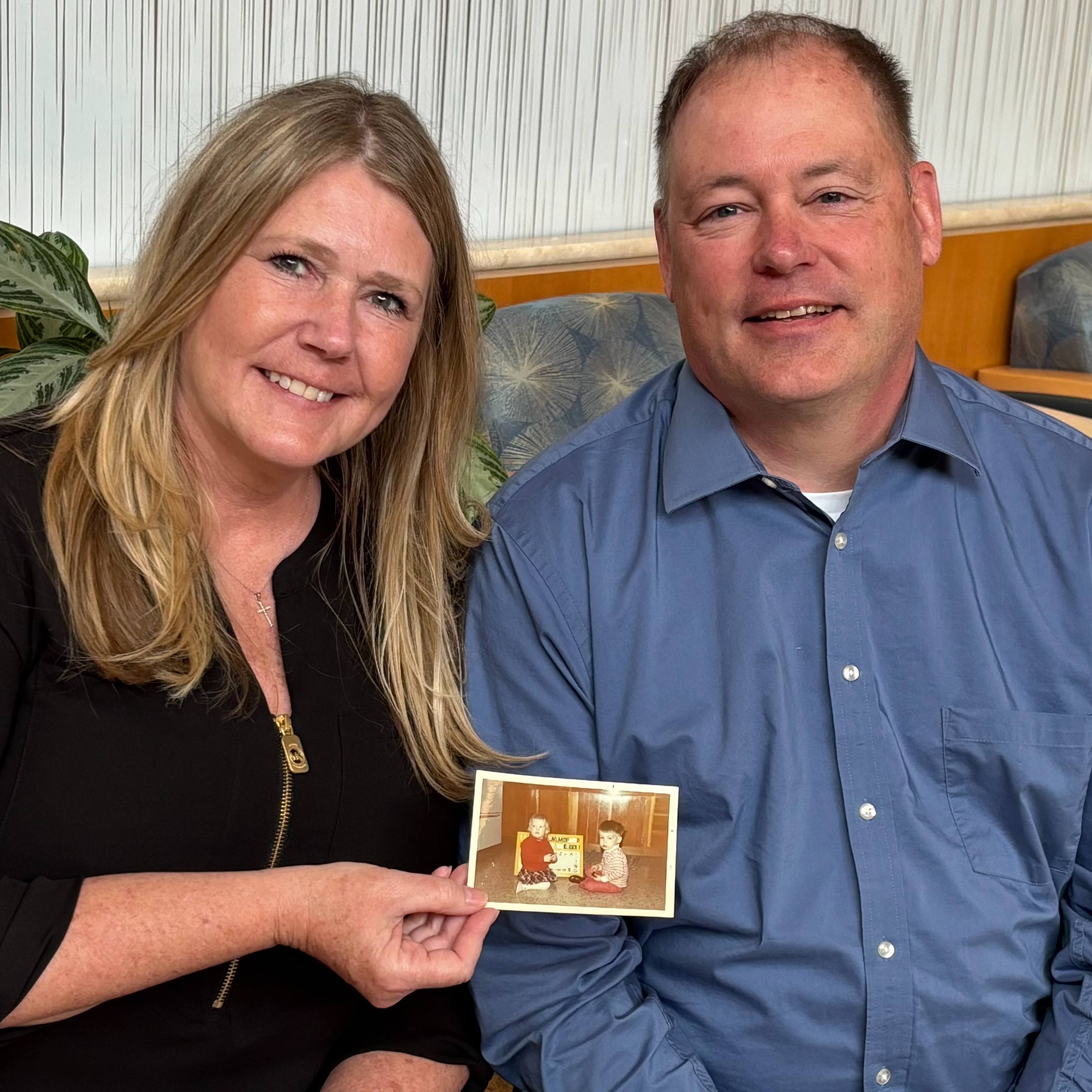-
Mayo Clinic Q and A: Palliative care — improving quality of life during a serious illness
 DEAR MAYO CLINIC: What’s the difference between palliative care and hospice care?
DEAR MAYO CLINIC: What’s the difference between palliative care and hospice care?
ANSWER: People often confuse palliative care and hospice care, thinking they are the same thing. But they’re not. Palliative care focuses on improving quality of life for anyone who has a serious illness. Hospice care is a form of palliative care for people whose illness has advanced to the point that they likely have less than six months to live.
People who receive palliative care have a wide range of illnesses, such as cancer, Parkinson’s disease, heart disease, dementia, kidney failure and stroke. Palliative care can be useful to people of any age who have a serious illness, no matter the stage of the disease or long-term outlook.
The goal of palliative care is to help people living with illness feel better overall. Doctors who specialize in palliative care have expertise in relieving symptoms that often accompany serious illness, such as pain, fatigue, nausea, vomiting, constipation, sleep problems and depression.
Palliative care also takes into account a person’s emotional and spiritual well-being. In many cases, palliative care provides services to the entire family, helping everyone involved better cope with the disease.
If you opt to have palliative care, it doesn’t limit other care or take the place of therapies used to treat or cure disease. Palliative care can be provided together with curative treatment.
Teamwork is a key part of both palliative care and hospice care. Palliative care professionals can come from a wide range of medical specialties. In addition to physicians, the team includes nurses, pharmacists, social workers and chaplains.
It is important to note that palliative care professionals become part of a patient’s health care team. They replace no one. This means that the palliative care professionals will not take the place of your doctors or any other established care team members. Instead, palliative care experts work with those providers to offer a coordinated approach.
As a subset of palliative care, hospice care is intended for people who have no further options to treat a life-threatening illness effectively or for whom those treatments don’t provide them with improved quality of life. Hospice focuses on providing the highest quality of life possible, while supporting the whole family. Hospice recognizes dying as part of the normal process of living, affirms life, and neither hastens nor postpones death.
Hospice care is for terminally ill people expected to have six months or less to live. This doesn’t mean that hospice care will be provided only for six months, though. Hospice care can be continued for as long as the individual’s doctor and hospice care team confirm that the illness remains life-limiting. Hospice care can be provided at home. But it is also offered in hospitals, nursing homes, assisted living facilities and dedicated hospice centers.
With hospice, treatments are offered for many symptoms, such as constipation, pain and nausea, among others. If symptoms cannot be controlled at home, then admission to a hospital may be necessary, even if an individual is enrolled in hospice.
If you or a loved one are dealing with a serious illness, talk to your health care provider about the benefits of palliative care and the palliative care services offered through your health care organization. Palliative care can be useful when navigating a serious illness, helping patients and families feel better ─ physically and emotionally. — Dr. Jacob Strand, Palliative Care Clinic, Mayo Clinic, Rochester, Minnesota







